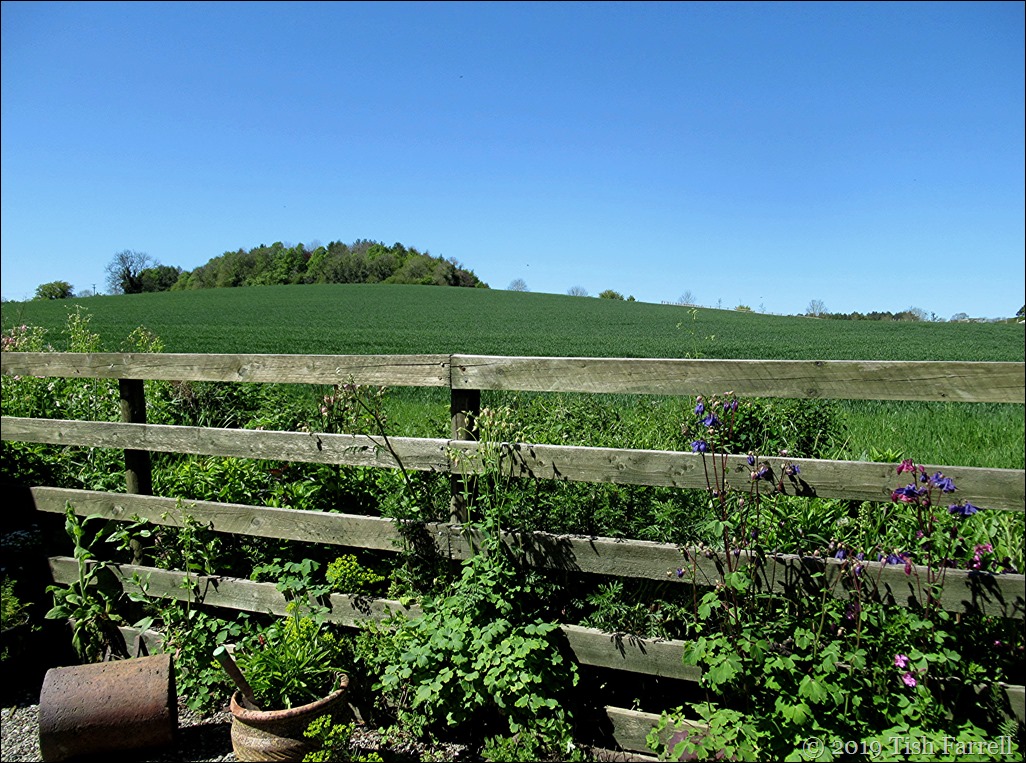For much of last year this 240-year-old bridge was under wraps while English Heritage engineers carried out major repairs on the iron work. And it was during this process that the original paint colour of the world’s first cast iron bridge was discovered – a rusty red. This seems to have struck many as surprising, probably because in the living memory of most Shropshire folk, the bridge has either been lugubrious black (as I remember it in the 1960s) or battleship grey – its most recent shade before the overhaul.
*
And this is how it looked last week bathed in May sunshine. A much more jaunty effort.
That the bridge was originally this colour, or as near as can be recreated, was documented at the time. While Abraham Darby III was having it built (between 1779 and its official opening in 1781) he commissioned some promotional artwork from William Williams. He wanted to show the wide world what marvels could be created using cast iron.
William Williams c 1780 Cast Iron Bridge near Coalbrookdale Ironbridge Gorge Museum Trust
*
Needless to say, as with all propaganda, inconvenient truths have been elided from the view, and we have instead notions of paradisal punting and extreme millinery rather than the filthy outpourings of riverside ironworks and coke burning furnaces that were actually in the vicinity. (And don’t forget the ear-splitting soundscape of clanging steam hammers and the general clamour of the wharves and boat-building yards).
In fact if you want an image of where man-made global warming began or a metaphor of how some of us prefer to deny responsibility for the damage caused by our industrial excesses, then this painting could well serve the purpose. Beguiling, isn’t it?
Standing on the freshly caparisoned bridge today and looking at a river empty of the the fleets of trading barges that once plied these waters from early monastic times and into the 19th century, the lush hanging woodland of the Severn Gorge all around, it is hard to believe that the Industrial Revolution had its roots here; that the innovations in iron making and casting made by the Darby dynasty and John (Iron Mad) Wilkinson sparked the multiplier effect of technological invention (from the soul-sapping iron-framed textile factories of the north to the transport systems of Stephenson and Brunel) and so on around the world; and that now, after all the excitement and technical derring-do and ingenuity we’re left to contemplate the mess that industrialisation has made of the planet.
However, on a warm afternoon in May, with the little town of Ironbridge quietly hosting the season’s first sightseers, it seems altogether like too much irony (cast, rolled, puddled or wrought). We’ll just enjoy the views then.
copyright 2019 Tish Farrell
Six Word Saturday Pop over to Debbie’s to see her wonderful naked man.


































